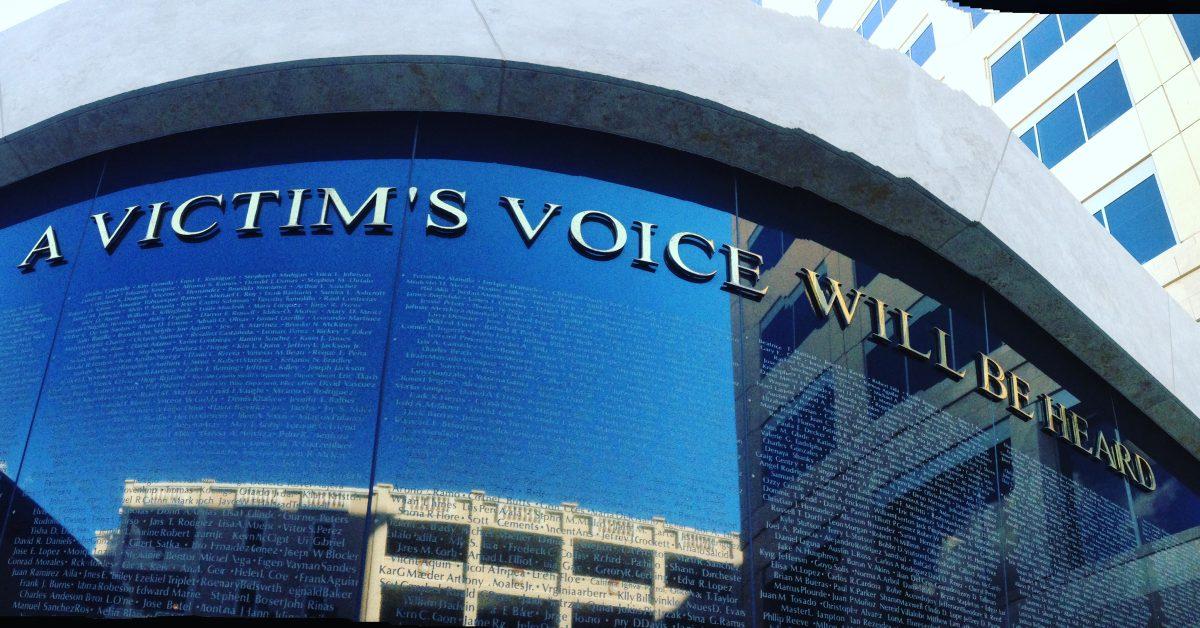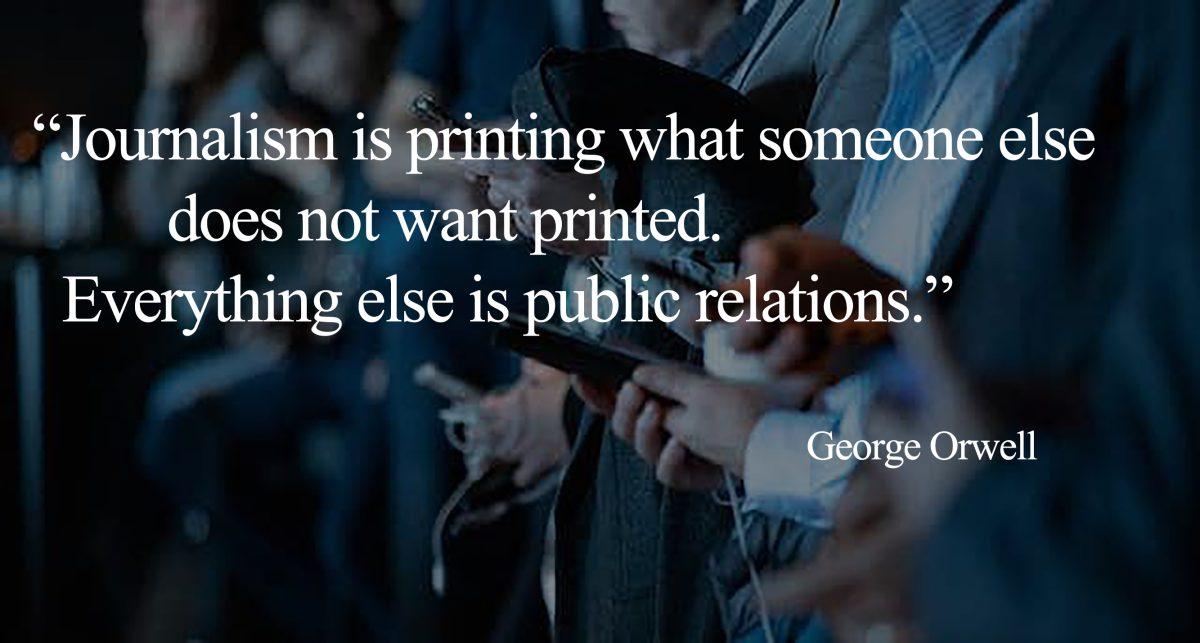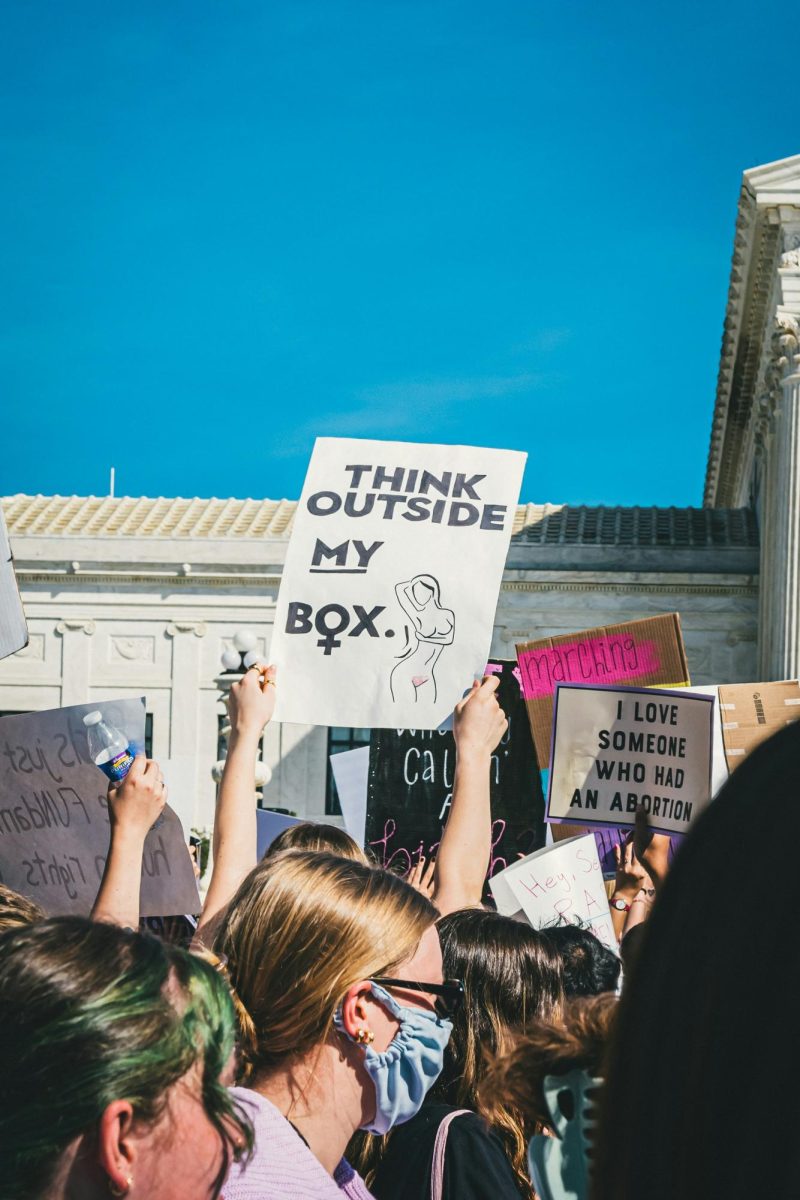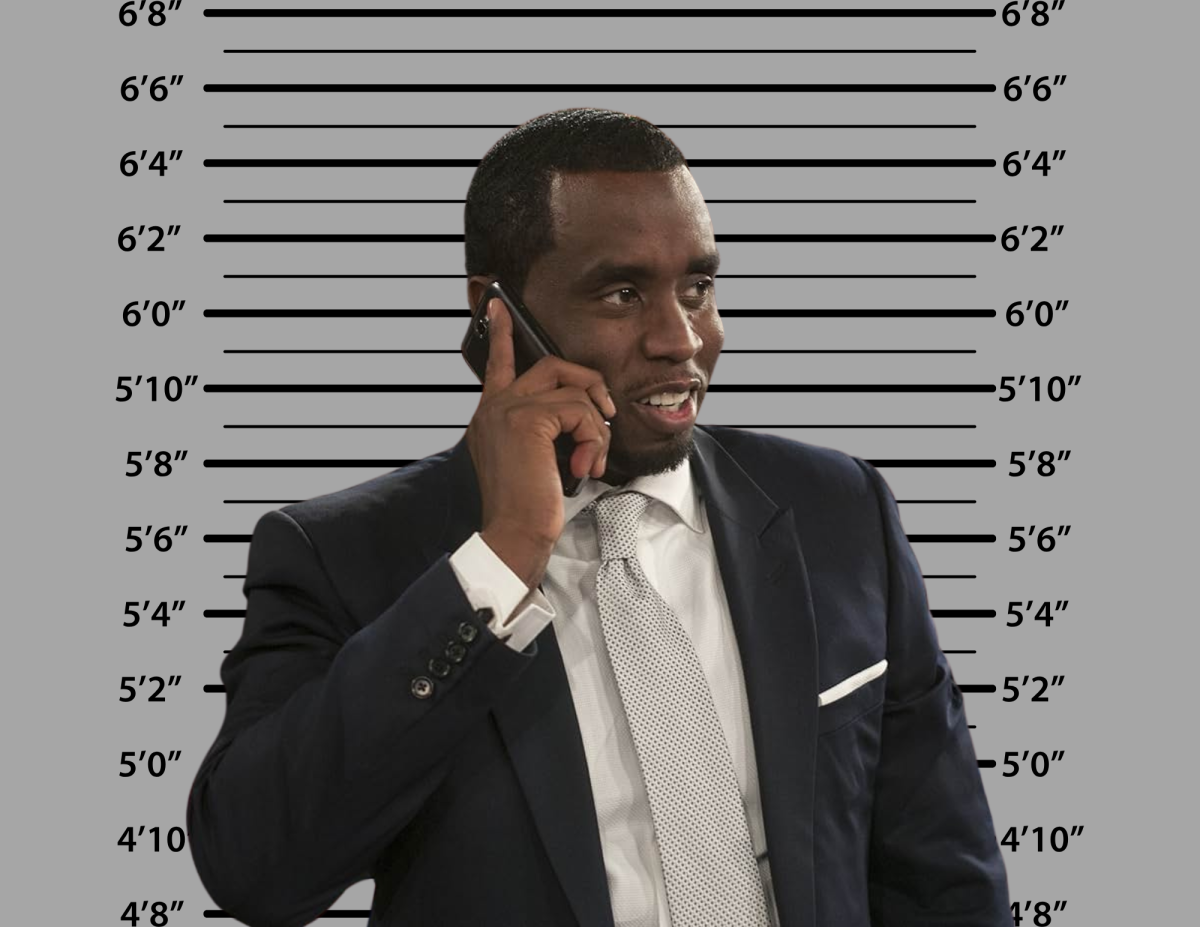If you thought that for any violent crime, a victim could demand that justice is brought to their abuser–think again. California is one of 28 states that holds a statute of limitation on the prosecution of sexual assault, including rape.
This statute of limitation requires that a report of the rape be made within the first two years of the time of occurrence and a prosecution must take place within the first 10 years of abuse, according to Cal. Penal Code §§ 799, 800, 801, 803, otherwise the case will not be opened and brought to court.
But what happens when a rape victim is abused, and is unaware that they can seek justice for what has happened to them? The statute of limitations prevents victims from the choice to seek justice, if they do not come forward and report the abuse within the established 10 years.
This statute should be removed for rape cases and sexual assault, allowing evidence to be presented and offering a trial to bring justice to victims of rape, no matter the date of the crime.
Multiple crimes do not have statutes of limitations in California and other states, including murder and embezzlement. These crimes are considered so heinous that they can be prosecuted at any time after occurrence in order to best ensure justice to abusers.
According to the Judicial Branch of California website, “Some crimes, such as murder, are considered so terrible that they often have no statute of limitations.” Is rape not so terrible a crime?
Debora Heaps, Program Director for the Rape Crisis Center in Riverside, has seen multiple cases of child sexual assault come forward 20 or more years later. In one case, a child of 13 was gang raped at a party. At the age of 32, the girl was suffering from a heroin addiction and lost her own children as a result of drug abuse. It was her first time coming forward about the rape and “she’s still dealing with it,” said Heaps. At this point, she couldn’t prosecute if she wanted to.
The statute of limitation is a serious issue of concern for multiple reasons, even to experts who work with rape victims. Some rape victims may not even be aware that what was done to them is legally considered an assault, or that they can actually seek justice for rape.
“Sexual assault is often what we call a ‘delayed response’ where people do not report the crime … or even know it was illegal, what happened to them.” said Heaps.
Such was the case of Jamie Carrillo, who was sexually abused by a teacher at Chemawa Middle School in Riverside from the time she was 12 years old, continuing sporadically until she was about 18.
After several years, Carrillo tried to prosecute her childhood rapist, but was disheartened when she found that the statute of limitations had “run out,” as she said in a YouTube video, which recorded her attempt at a retributive call to her childhood perpetrator. The video of the call went viral and Andrea Cardosa, the abuser, resigned from her position as assistant principal at Alhambra High School soon after.
“When I looked it up, it said that the statute of limitations has already run out, so she gets away with everything she’s done,” Carrillo said in the video after she hung up on Cardosa.
In an article by the Pasadena Star News, David Ring, who was set to help Carrillo pursue civil action, questioned the usefulness of the statute. “The statute of limitations for childhood abuse should basically be indeterminate because people like this – people like Jamie come forth in their 20s, 30s, 40s,” Ring said.
In cases of child abuse, California law makes provisions for the statute to be extended until the victim is 28 years old. Yet, Carrillo did not come forward until it was too late. She may not have been able to take the case to trial if it were not for the video she had taken, which inspired another of Cardosa’s victims (Jane Doe 2) to come forward, according to Heaps.
Cases like Jamie’s should not be overlooked. Rapists and assaulters cannot be brought to court without the victim also coming to trial. The choice is and should be the victim’s on whether the perpetrator should be brought to court. Does the statute of limitations really provide legitimate reason for its existence?
Christian Vaughan, a Detective for the Domestic Violence Unit at Riverside Police Department gave some insight to why this law might be in place. Vaughan mentioned that after so many years the cases are often weakened by memory loss, evidence deteriorating and other barriers which make the case difficult to prosecute after so long.
“When you talk about something that old? That’s a daunting, daunting task,” Vaughan said, “So it’s there for a reason.”
Another reason victims may be unwilling to take their abuser to court is because of in-court intimidation. This is when the defense attorneys have the opportunity to shift the blame off of the abuser or impugn the innocence of the victim themselves. “It’s awful. I hate it,” said Heaps.
One of the strategies of a defense attorney, according to Vaughan, is to make the jury believe that the victim was behaving promiscuously and/or wanted to engage in sexual activity but later felt regret and accused the defendant of rape. Especially in child rape cases, where the victim may have been brainwashed or manipulated into believing that they had asked for it, it would be painfully difficult to keep the facts straight. Often, the victims are too traumatized to take the witness stand.
Any official would prefer to prevent crimes rather than prosecute them, according to Riverside Domestic Violence Detective Mike O’Boyle. But the issue is not that simple. Some rapists end up getting off because their victims would rather move on than go back to trial, and understandably so. “The last thing the criminal justice system wants to do is force somebody (a victim) to do something,” O’Boyle said. “It’s a very, very complex issue.”
Not that healing should be dependent on what the criminal justice system can do for you. The Rape Crisis Center in Riverside emphasizes that healing should occur separate from the verdict of their abuser in court. No matter what happens to them, former victims of sexual assault and rape should be given the resources and help to heal and move forward. “You might have heard the term ‘Survivor,’ well, that’s not good enough for us here. We want them to thrive,” said Heaps.
Most victims will have to deal with what happened, either now or later. Regardless of whether a former victim was raped 30 years or 30 days ago, victims are owed the right to pursue justice for the crimes committed against them.











